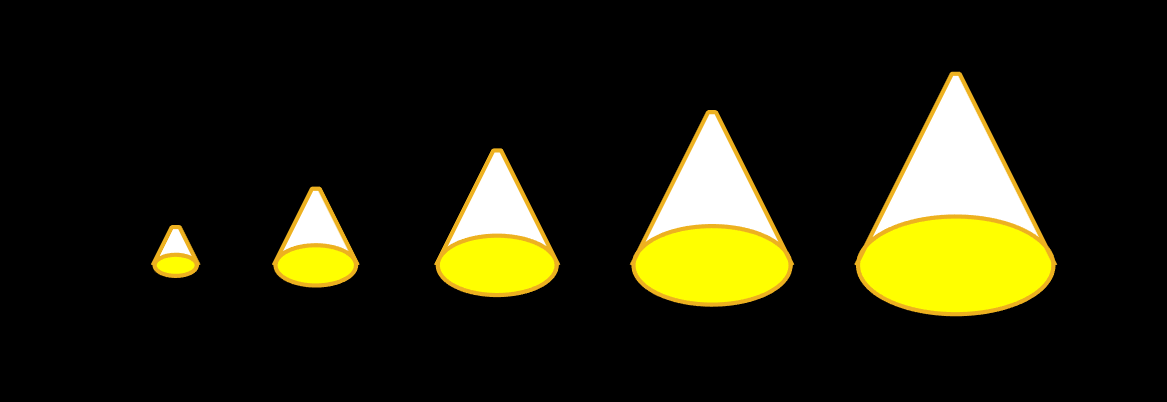Potential theory was developed a few centuries ago in part to solve the boundary value problems for partial differential equations (PDEs). It led to the so-called “indirect approach” to boundary integral equations for elliptic PDEs. The goal of this article is to give this indirect approach some physical meaning. Some basic knowledge of potential theory is assumed. (See the book by R. Kress1 for more details.)
Consider the classical Laplace equation in a domain $\Omega\subset\mathbb{R}^2$, with Dirichlet boundary condition on the boundary $\Gamma:=\partial\Omega$, written as
The theory of integral equations solves a given boundary value problem like this by reformulating it into an integral equation on the boundary of the domain, such that the 2D spatial differential problem in $\Omega$ is reduced to a 1D boundary integral problem on $\Gamma$.
There are two main approaches to integral equations: the direct approach and the indirect approach.
